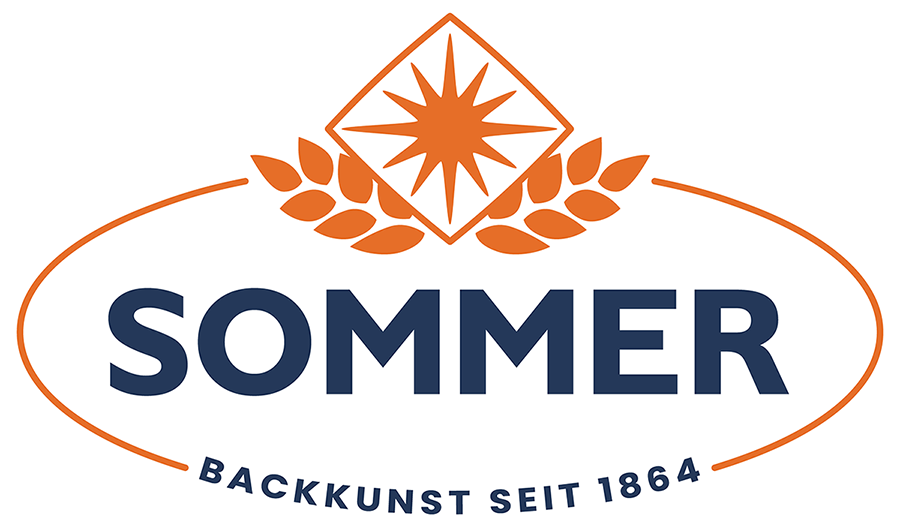Jungle of seals
A package can sometimes reveal a whole jungle of seals. And with so many seals, it’s hard to know where to look. So when it comes to EU organic, German organic and Bioland organic, it’s no wonder that you sometimes get confused. Lots of organic – but what exactly is it all about?
Organic? Of course!
Probably the most famous seal is the white leaf on a green background – the EU organic logo. Since 2012, organic food produced in the EU must be labelled with the EU organic logo. The so-called EU Organic Regulation governs the production and labelling of organic products. You will find the EU organic logo on all of our packaging. And usually the German organic seal right next to it. While the EU organic logo is mandatory, the German organic seal can also be used in addition. You can recognise the German seal by its six corners and the word ‘Bio’. Our products also carry seals from organic farming associations. There are around ten of these in Germany and each one has its own guidelines and regulations. You will find the Demeter and Bioland logos on our products – for example on our Cantuccini or Amaretti. The Demeter guidelines, for example, go far beyond the requirements of the EU Organic Regulation. This means that most organic farming organisations are much stricter with regard to the cultivation and production of products and groceries. One thing you can definitely keep in mind: If it says organic on the label, it’s organic inside. This is because organic and ecological are protected terms, as they are regulated by law.
Organic labelling jungle explained
In its ‘Bio2Go’ series, the Association of Organic Food Producers (AÖL) focusses on various organic topics. In the latest video, the organic labelling jungle and the various seals are discussed in an understandable and humorous way. If you would like to find out more about this topic, then take a look here.

